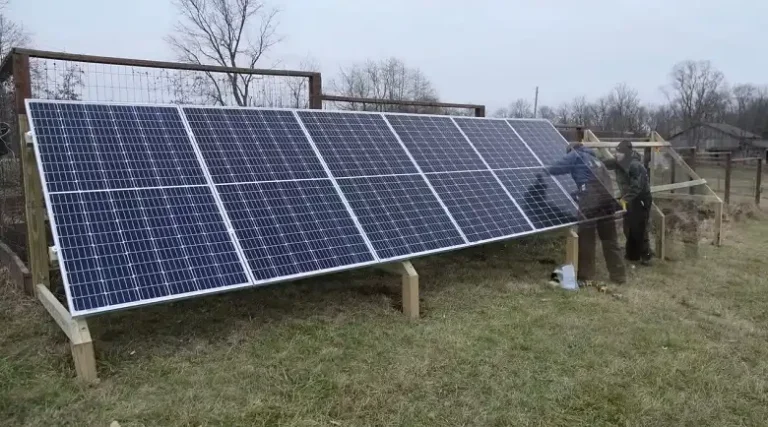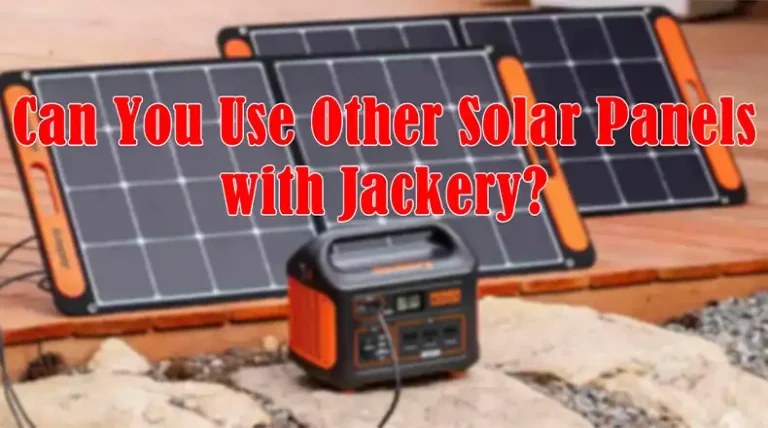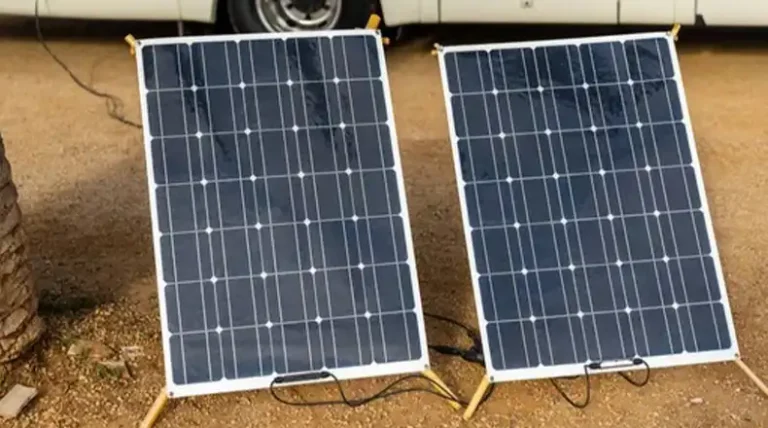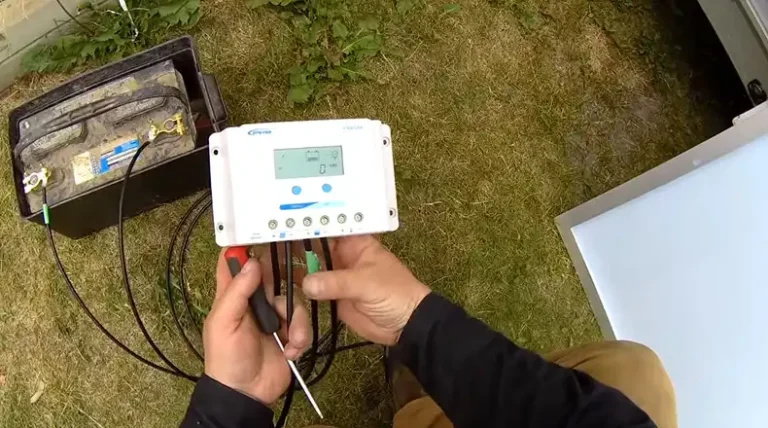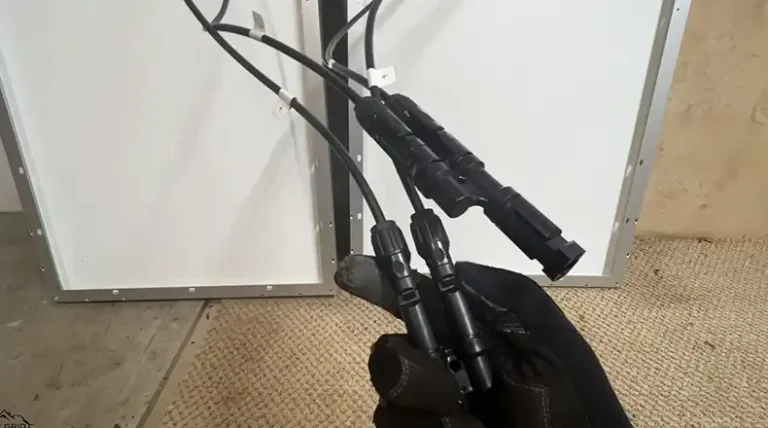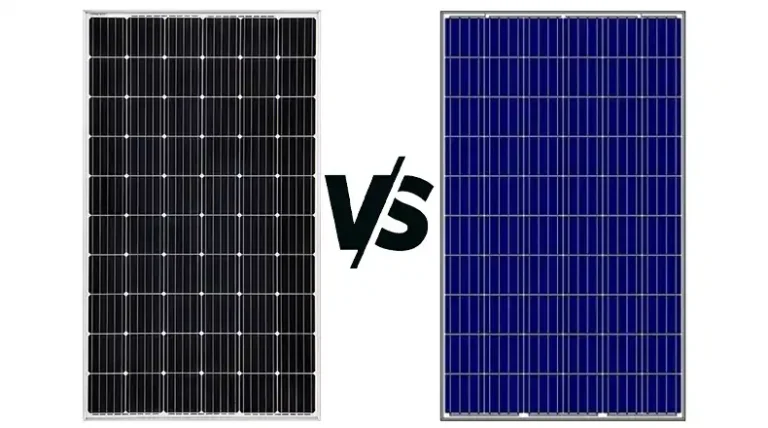Buying Guide for Used Solar Panels
Used solar panels are a great option for people who want to have a sustainable and green energy solution while still being easy on their wallets. This detailed guide is designed to help you buy used solar panels. We’ll explain everything from making the decision to making the actual purchase.
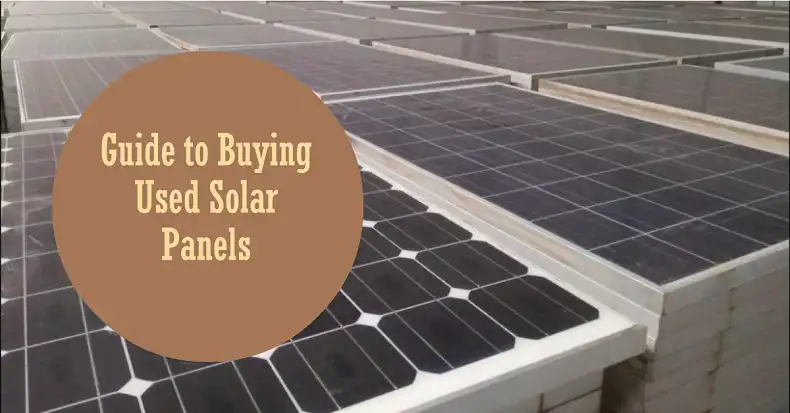
What Are Used Solar Panels
Used solar panels are photovoltaic modules that have been previously installed and used in solar energy systems. These panels can come from various sources, including residential rooftops, commercial installations, and even large-scale solar farms. As the solar industry continues to grow and evolve, many system owners upgrade their panels, leading to a robust market for second-hand solar equipment.
Why Buying Used Panels Can Be a More Sustainable Choice
The appeal of used solar panels lies in their dual benefits: environmental consciousness and cost-effectiveness. By choosing pre-owned panels, you’re extending the life of existing solar technology, reducing waste, and lowering the demand for new panel production. Economically, used panels can offer significant savings, with prices often 50-80% lower than new panels, depending on their age and condition.
The Pros and Cons of Choosing Used Solar Panels
Like any major purchase, opting for used solar panels comes with its own set of advantages and potential drawbacks. Let’s break them down:
Advantages
- Cost savings: Used panels can cost 50-80% less than new ones, significantly reducing initial investment.
- Environmental impact: Extending the life of existing panels reduces electronic waste and the demand for new panel production.
- Availability: A wide variety of brands and models are often available in the second-hand market.
Disadvantages
- Reduced efficiency: Older panels may have lower conversion rates compared to newer models.
- Limited warranty: Many used panels are sold without manufacturer warranties or with limited coverage.
- Potential for hidden damage: Wear and tear or internal issues may not be immediately apparent.
Used vs. Refurbished Solar Panels
When exploring the second-hand solar market, you’ll likely encounter both used and refurbished panels. While these terms are sometimes used interchangeably, there are important distinctions to consider:
Used Solar Panels
These are panels that have been removed from previous installations and are being resold as-is. They may show signs of wear and tear and are typically sold without any reconditioning or warranty.
Refurbished Solar Panels
These panels have undergone a reconditioning process. This might include thorough cleaning, replacement of worn components (such as the junction box or cables), and rigorous testing to ensure performance meets certain standards. Refurbished panels often come with a limited warranty from the refurbisher.
Refurbished panels tend to be slightly more expensive than used panels but offer greater peace of mind in terms of performance and reliability. Refurbished panels by reputed vendors can be an excellent middle ground between used and new panels, offering cost savings while minimizing some of the risks associated with second-hand equipment.
Is It Worth Buying Used Solar Panels?
The decision to purchase used solar panels depends on various factors, including your budget, energy needs, and long-term goals. For many, the significant cost savings make used panels a worthwhile investment. New solar panels typically cost between $0.70 to $1.50 per watt, while used panels can be found for as little as $0.20 to $0.50 per watt. This substantial price difference can make solar energy accessible to those who might otherwise find a new system prohibitively expensive.
However, it’s important to weigh these savings against potential drawbacks. Used panels may have lower efficiency rates compared to the latest models, and they often come with limited or no manufacturer warranties. Despite these considerations, many homeowners find that the reduced upfront cost outweighs the slight decrease in performance, especially if the panels are relatively young (less than 10 years old) and well-maintained.
What Do You Need to Consider When Buying Used Solar Panels
When venturing into the used solar panel market, several crucial factors should guide your decision-making process:
1. Age and Condition
The age of a solar panel significantly impacts its performance and longevity. Most solar panels have a lifespan of 25-30 years, but their efficiency decreases over time. A panel that’s 5-10 years old might still have 15-20 years of useful life, while a 15-year-old panel may be nearing the end of its optimal performance period.
Visually inspect panels for signs of damage such as cracks, discoloration, or delamination. These issues can severely affect performance and may indicate deeper problems.
2. Power Output and Efficiency
Request documentation on the panel’s original specifications and, if possible, recent performance data. A 300W panel that’s several years old might now operate at 280W or less due to natural degradation. Compare this to your energy needs to ensure the panels will meet your requirements.
3. Brand and Model
Reputable brands often produce more durable and efficient panels. Research the manufacturer and specific model to understand their track record and typical performance over time.
4. Warranty and Certification
While many used panels won’t come with a manufacturer’s warranty, some sellers offer limited guarantees. Ensure any panels you consider are certified to meet safety and performance standards.
5. Compatibility (Optional)
Verify that the used panels are compatible with your intended inverter and overall system design if you have one, of course. Mixing different types or generations of panels can lead to efficiency losses and technical issues.
How to Assess the Value and Pricing of Used Solar Panels
Understanding the value of used solar panels is crucial to ensuring you get a fair deal. Several factors influence the price of second-hand solar equipment.
Start with evaluating the age of the panels. It’s a no-brainer that newer-looking panels will generally command higher prices due to their potentially longer remaining lifespan and higher efficiency. Similarly, panels from reputable manufacturers will cost more but may offer better ROI in the end due to their quality and extended durability.
Secondly, assess the condition of the panels. Panels in excellent condition with no visible damage or significant wear will be priced higher than those showing signs of degradation.
Lastly, performance plays a big role in deciding the pricing of the panels. Panels that can demonstrate good performance through recent output data may fetch premium prices.
When evaluating the price of used panels, it’s helpful to calculate the cost per watt. This allows you to compare different options on an equal footing. For example, if a 300-watt panel is priced at $90, its cost per watt would be $0.30.
How Much Should You Pay for Used Solar Panels?
As a general guideline, you can expect to pay between $0.20 to $0.50 per watt for used solar panels. However, this can vary based on the factors mentioned above. Here’s a rough pricing breakdown:
- Economy Tier ($0.20 – $0.30 per watt): Older panels (10+ years), less prestigious brands, or panels with visible wear.
- Mid-Range ($0.30 – $0.40 per watt): Panels 5-10 years old from reputable brands, good condition.
- Premium Used ($0.40 – $0.50 per watt): Relatively new panels (less than 5 years old), top brands, excellent condition.
Remember, these prices are for the panels only and don’t include additional costs such as inverters, mounting hardware, or installation. When budgeting for your solar project, factor in these additional expenses.
How to Test Used Solar Panels Thoroughly
Given that used solar panels have a history of prior use, thorough testing is crucial to ensure you’re getting a reliable product. Here’s a comprehensive approach to testing used or refurbished solar panels:
- Visual Inspection
Begin with a detailed visual examination. Look for any cracks, chips, or discoloration on the panel surface. Check the backsheet for bubbling or delamination, which can indicate moisture ingress. Inspect the frame for any warping or corrosion, and ensure the junction box is securely attached.
- Insulation Test
Use a multimeter to check the insulation resistance between the panel’s electrical circuitry and the frame. This test helps identify any potential short circuits or insulation breakdown.
- Open Circuit Voltage Test
Measure the panel’s open-circuit voltage (Voc) using a multimeter. Compare this to the manufacturer’s specifications, accounting for factors like temperature and irradiance. The measured Voc should be within 10% of the rated value.
- Short Circuit Current Test
Measure the short-circuit current (Isc) using a multimeter with a current clamp. Like the Voc test, compare this to the manufacturer’s specifications, considering environmental factors.
- I-V Curve Test
If possible, perform an I-V curve test using specialized equipment. This provides a comprehensive view of the panel’s performance across different voltage and current levels.
- Electroluminescence (EL) Imaging
While more advanced, EL imaging can reveal micro-cracks and other defects not visible to the naked eye. Some sellers or third-party testing services may offer this.
- Performance Test Under Real Conditions
If feasible, test the panel’s actual power output under sunlight. Use a solar irradiance meter to measure the incoming sunlight and compare the panel’s output to its rated capacity.
Remember, while some of these tests can be performed by a knowledgeable DIY enthusiast, others may require professional equipment or expertise. Consider hiring a solar technician for a comprehensive evaluation, especially for larger purchases.
Where to Find Used Solar Panels
The market for used solar panels has expanded significantly in recent years. Here are some of the best places to start your search:
- Online Marketplaces: Websites like eBay, Craigslist, and specialized solar equipment platforms often have listings for used panels.
- Solar Installers: Local solar companies sometimes sell used panels they’ve removed from upgrade projects.
- Recycling Centers: Some electronic recycling facilities sell recovered solar panels.
- Solar Farms: Large-scale solar installations occasionally sell off older panels during upgrades.
When purchasing, always request detailed information about the panel’s history, including its age, previous use, and any available performance data.
Frequently Asked Questions About Used Solar Panels
Can I install a second-hand solar system?
Yes, you can install a second-hand solar system. However, ensure all components are compatible and in good working condition. It’s advisable to have a professional solar installer assess the system before installation. They can check for any potential issues and ensure the system meets current safety standards and local regulations.
How do you know if a solar panel is bad?
Signs of a bad solar panel include visible cracks or discoloration, significantly reduced power output, or hot spots detectable with a thermal camera. Electrical tests showing open-circuit voltage or short-circuit current far below the panel’s specifications also indicate problems. Regular monitoring of your system’s performance can help identify underperforming panels.
Which solar panel type is best?
The best type of solar panel depends on your specific needs and circumstances. Monocrystalline panels are known for high efficiency and sleek appearance but are more expensive. Polycrystalline panels are less efficient but more affordable. Thin-film panels are flexible and perform well in high temperatures but require more space. For most residential applications, monocrystalline or polycrystalline panels are popular choices.
How many kW of solar do I need?
The size of the solar system you need depends on your energy consumption, available roof space, and budget. A typical American home might use around 30 kWh per day, which could be supplied by a 5-7 kW system. However, it’s best to analyze your electricity bills and consult with a solar professional to determine the right size for your specific needs.
Do solar panels expire?
Solar panels don’t “expire,” but they do degrade over time. Most solar panels have a lifespan of 25-30 years, during which they’ll continue to produce electricity but at gradually decreasing efficiency. Typically, panels degrade at a rate of about 0.5-1% per year, meaning they might operate at 75-80% of their original capacity after 25 years.
Can old solar panels be refurbished?
Yes, some solar panels can be refurbished. This process might involve cleaning, replacing damaged components like the junction box or cables, and resealing the panel. However, not all panels are good candidates for refurbishment. The cost-effectiveness depends on the panel’s age, condition, and the extent of refurbishment needed.

